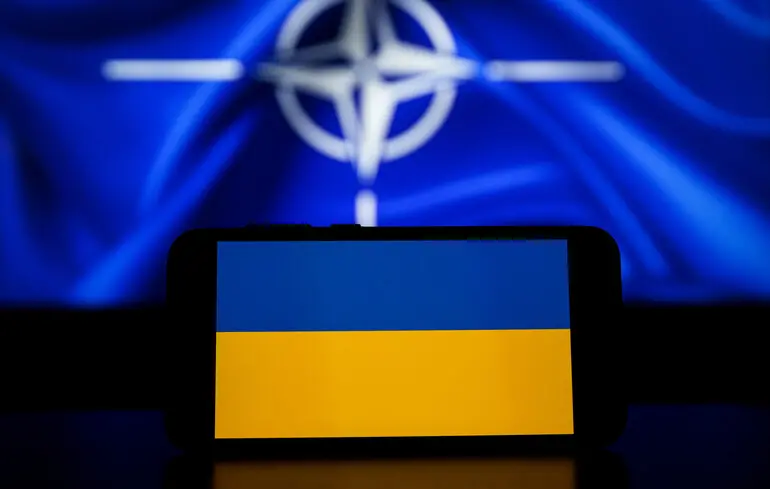Ukraine and Europe Seek New Security Guarantees: A Comparison with NATO Article 5

In the context of current international developments, there is an increasing discussion about the need to establish effective security assurance mechanisms for countries involved in conflict zones.
A key topic is the proposal to grant Ukraine security guarantees similar in content to NATO’s Article 5.
This move sends a strong signal to the global community, as Article 5 enshrines the principle of collective defense: an attack on one NATO member is considered an attack on all, and each member is committed to taking necessary measures, including military action, to restore regional security.
During a recent meeting at the White House with U.S.
President Donald Trump, European leaders emphasized that after the war with Russia ends, Ukraine should receive security guarantees that will ensure its protection at the highest level.
This involves not only political backing but also the potential use of defense measures in case of aggression.
It is important to note that NATO’s Article 5 applies exclusively to territories within Europe, North America, and Turkey; it does not extend to military bases outside these zones.
While this limits the scope of protection, it highlights the importance of clarity and specificity in security guarantees.
Historically, Article 5 has been invoked only once—in response to the September 11 terrorist attacks.
NATO allies supported the U.S., leading to the launch of NATO’s military campaign in Afghanistan, where European and American troops fought together.
It should also be emphasized that invoking Article 5 does not automatically entail deploying troops: individual countries decide on their assistance based on the situation and their capabilities.
This approach has been subject to ongoing debates between the U.S.
and Europe since NATO’s inception.
Today, this model remains relevant and sparks active discussions on how best to secure Ukraine’s future safety.

